Companion Planting for Cannabis
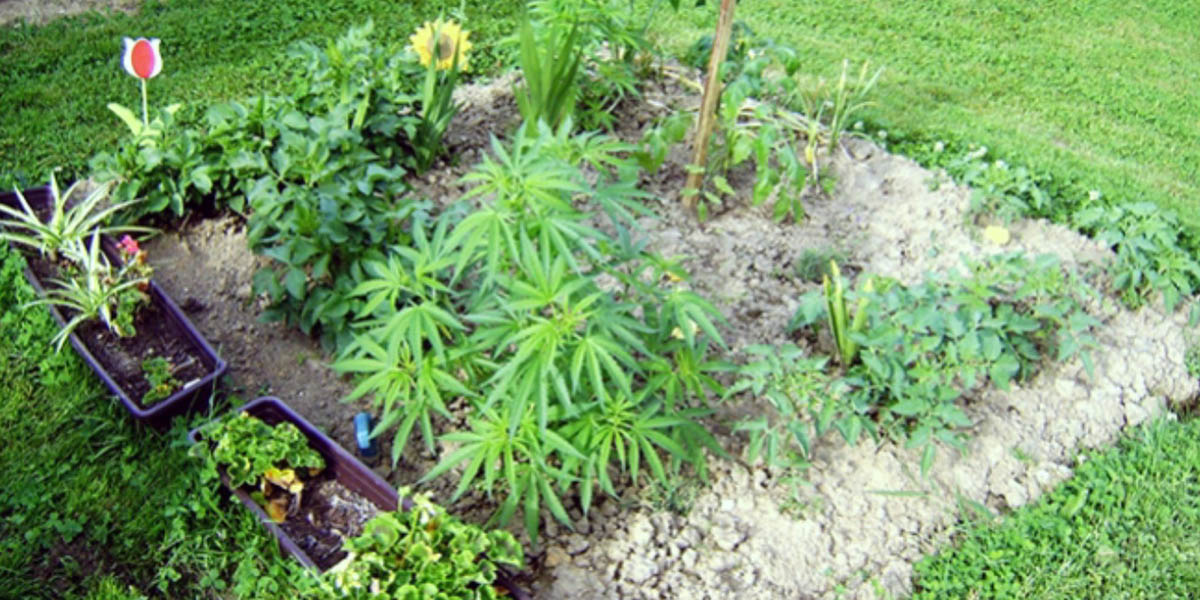
By Royal Queen Seeds If you are looking for a natural way to improve the conditions of your garden and even help with some pests, companion planting is an innovative yet not so new way to do just that. Companion…

By Royal Queen Seeds If you are looking for a natural way to improve the conditions of your garden and even help with some pests, companion planting is an innovative yet not so new way to do just that. Companion…
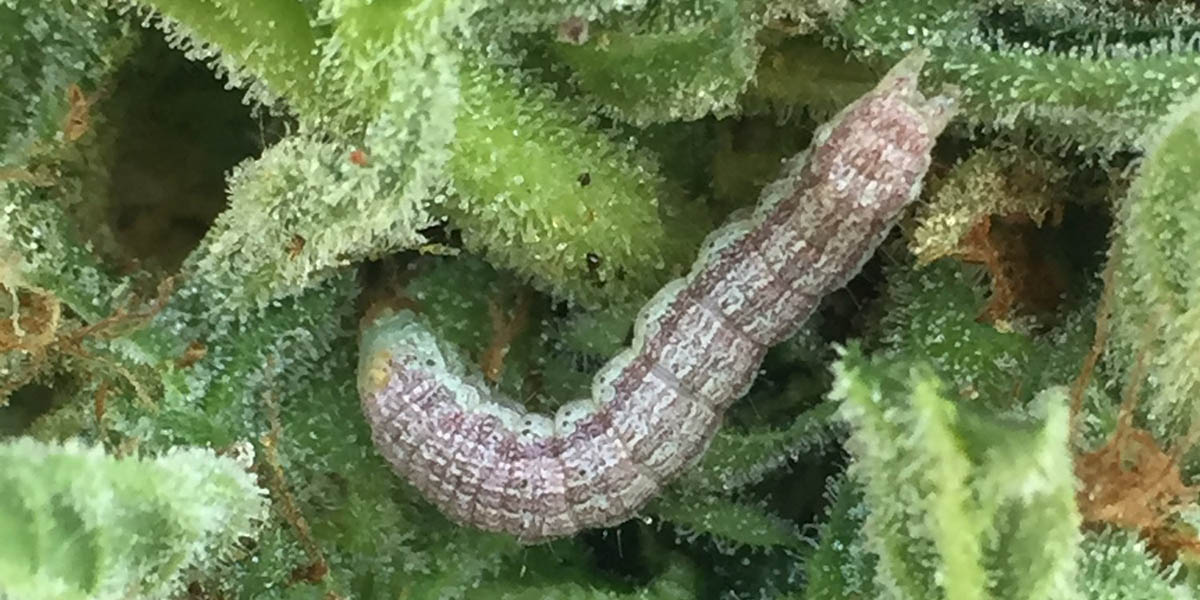
Fall is here and so are the caterpillars, at least in Northern California. We have documented numerous instances of caterpillar damage and can officially say there has been a decent hatch this year. But how to deal with these…
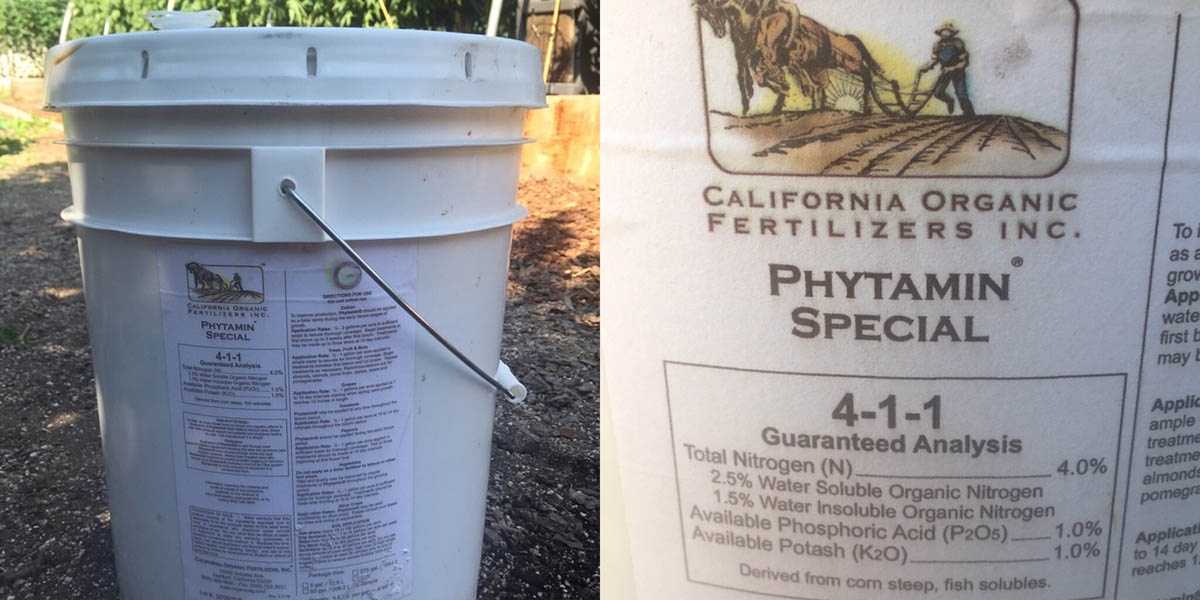
Based on our qualitative observations of farms using select products from this line of fertilizers, it is in our opinion that businesses, farms and co-ops, seeking to follow organic input standards, look into using this line of fertilizers. California Organic…
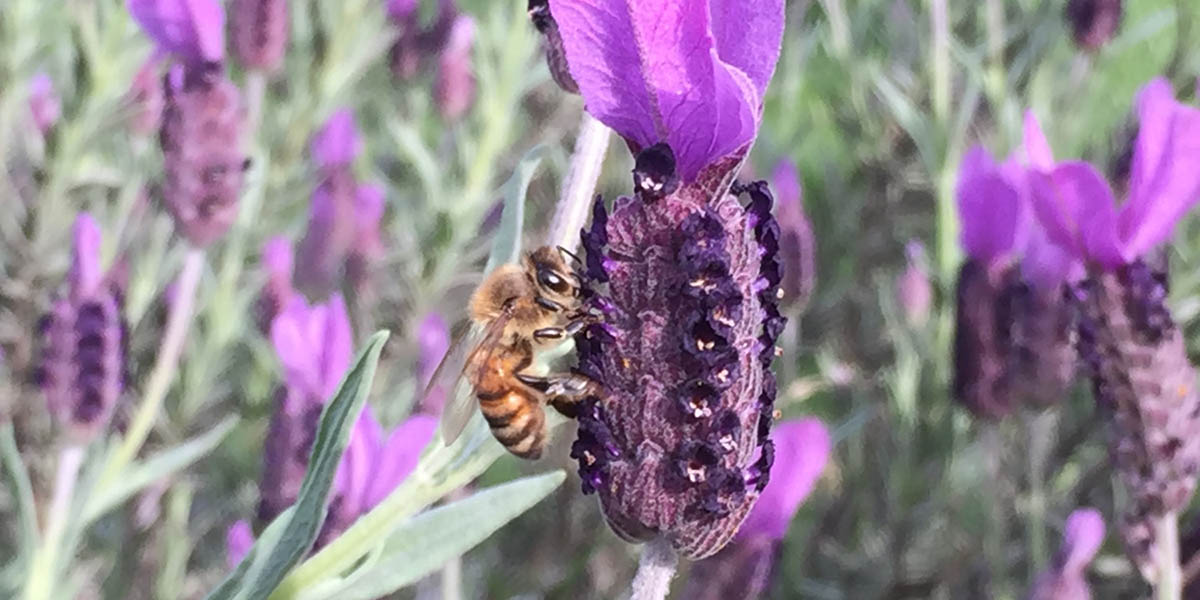
“What Is Fermented Plant Juice (FPJ)? FPJ is used in solutions for seed and soil treatments and plant nutrition. It consists of the young shoots of vigorously growing plants that are allowed to ferment for approximately 7 days with the…

“Maybe it’s because of their wine-making heritage, but the French are obsessed with fermenting various plants into special insecticidal, bactericidal, and fungicidal brews to use on…other plants.” In a world gone mad with pesticides and fungicides, it’s time we take…
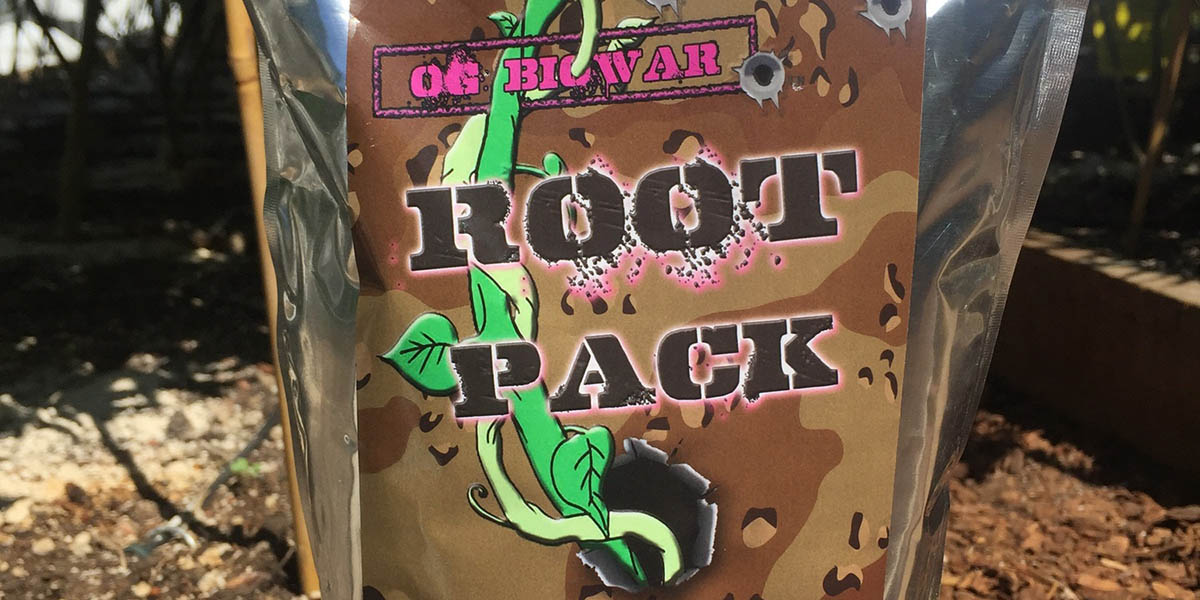
OG BioWar is a product that has been used rather extensively by a group of conscious minded farmers here in Humboldt County. The root pack is a microbial inoculant. It is a blend of highly concentrated beneficial fungi and bacteria…
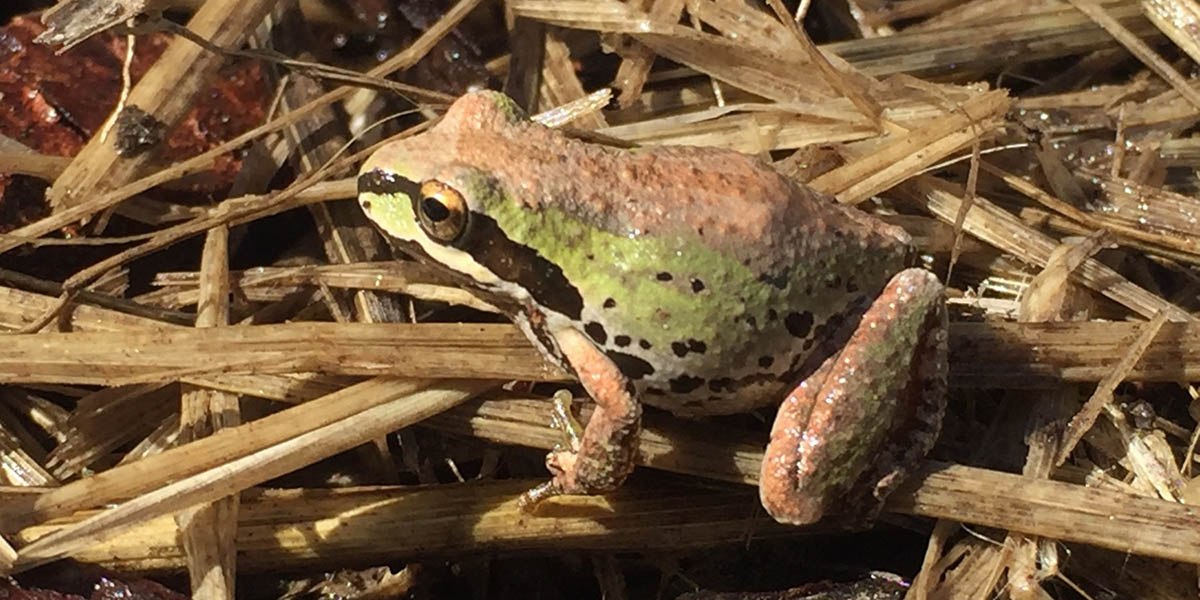
From Union of Concerned Scientists “What is sustainable agriculture? What is regenerative agriculture? We will be covering these topics more in depth as we evolve our mission. This particular article, written by the Union of Concerned Scientists covers the basics…

It’s always a fascinating learning the DIY process. Mixed with failures and great rewards, it truly is inspiring to the pure cannaculturist. Here is a wonderful DIY article from Deep Green Permaculture. We have not yet experimented with this ratio…
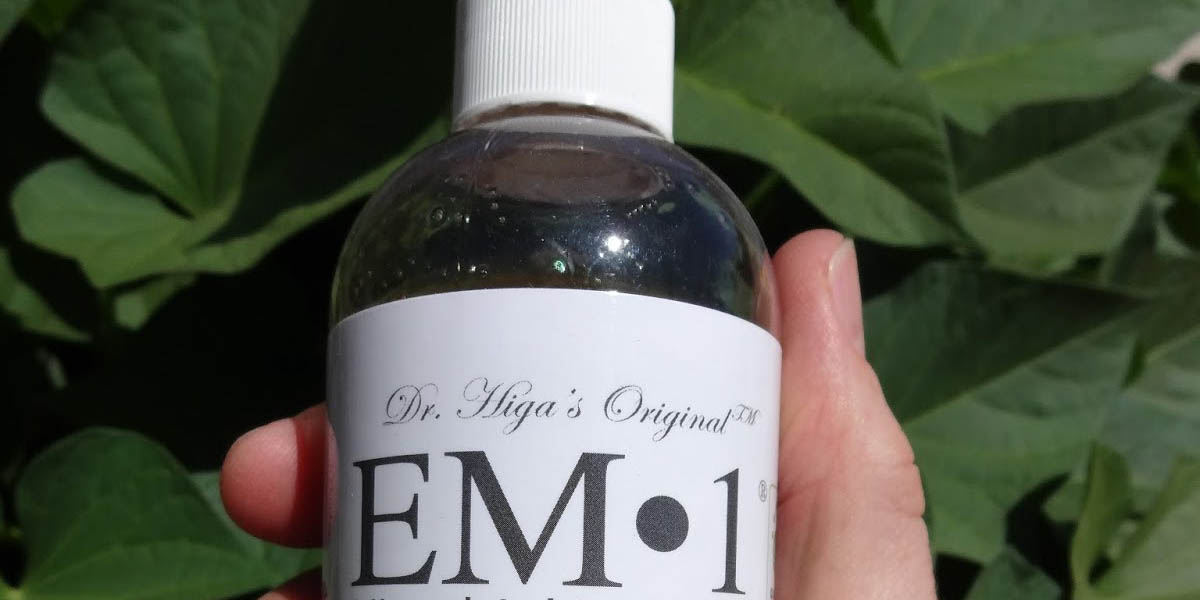
Effective Microorganisms® Amendments For Agriculture Effective Microorganisms® has been used in agricultural applications since 1982. Farmers have documented vast benefits of EM·1® on 6 continents, demonstrating that EM·1® Microbial Inoculant works in all soil types, all farming systems and all…
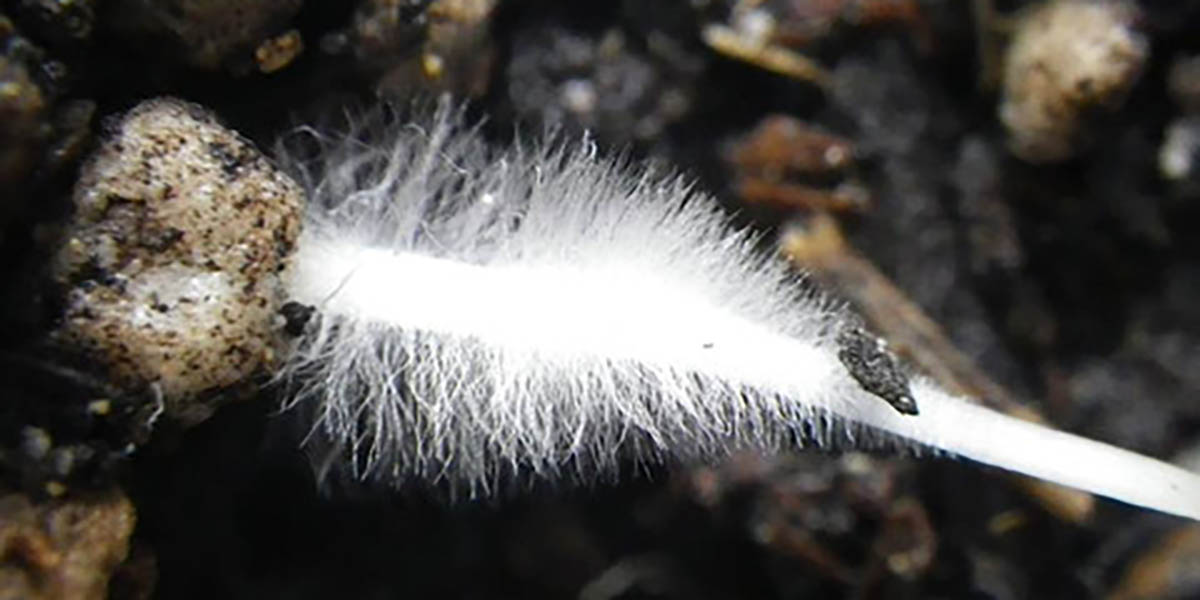
Those crazy scientists have done it again, throwing generally accepted theories of life science out the window. A group of Australian researchers have shown that plants are able to consume whole bacteria and yeast cells. Prior to this, our understanding…